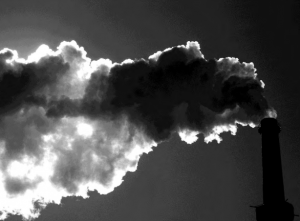
More than 130,000 people die every year of heart and lung diseases that result from inhaling particles smaller than the width of a human hair. Coal-fired power plants are a major source of this pollution, which is caused by sulfur dioxide, nitrogen oxides, and unburned particles released from boiler stacks. Fine particle exposure is starting to decline in many areas, as utilities install scrubbers and other pollution control equipment to meet long-delayed Clean Air Act requirements. But some plants have yet to install the advanced pollution controls that have been commercially available for many years. Meanwhile, the coal industry’s allies in Congress are seeking to delay or weaken standards, arguing that even the dirtiest plants are so economically valuable, they ought to be exempt from requirements their competitors have already met.
A closer look suggests that the social cost of many of the dirtiest plants – taking into account the premature deaths caused by their pollution – far outweighs the value of the energy they produce. EIP identified 51 plants with the largest emissions of sulfur dioxide in 2010 and 2011 that do not yet have plans to install or upgrade scrubbers (according to the best available information). Dr. Jonathan Levy of the Boston University School of Public Health estimated the premature deaths in 2011 due to fine particle exposures caused by emissions of sulfur dioxide, nitrogen oxides, and particulate matter from each of these plants, using a peer-reviewed approach consistent with EPA methods and using an upper and lower bound for premature mortality based on two benchmark studies the Agency has relied upon in rulemaking. These estimates take into account emissions as well as other factors, such as the size of the population downwind of each plant.


